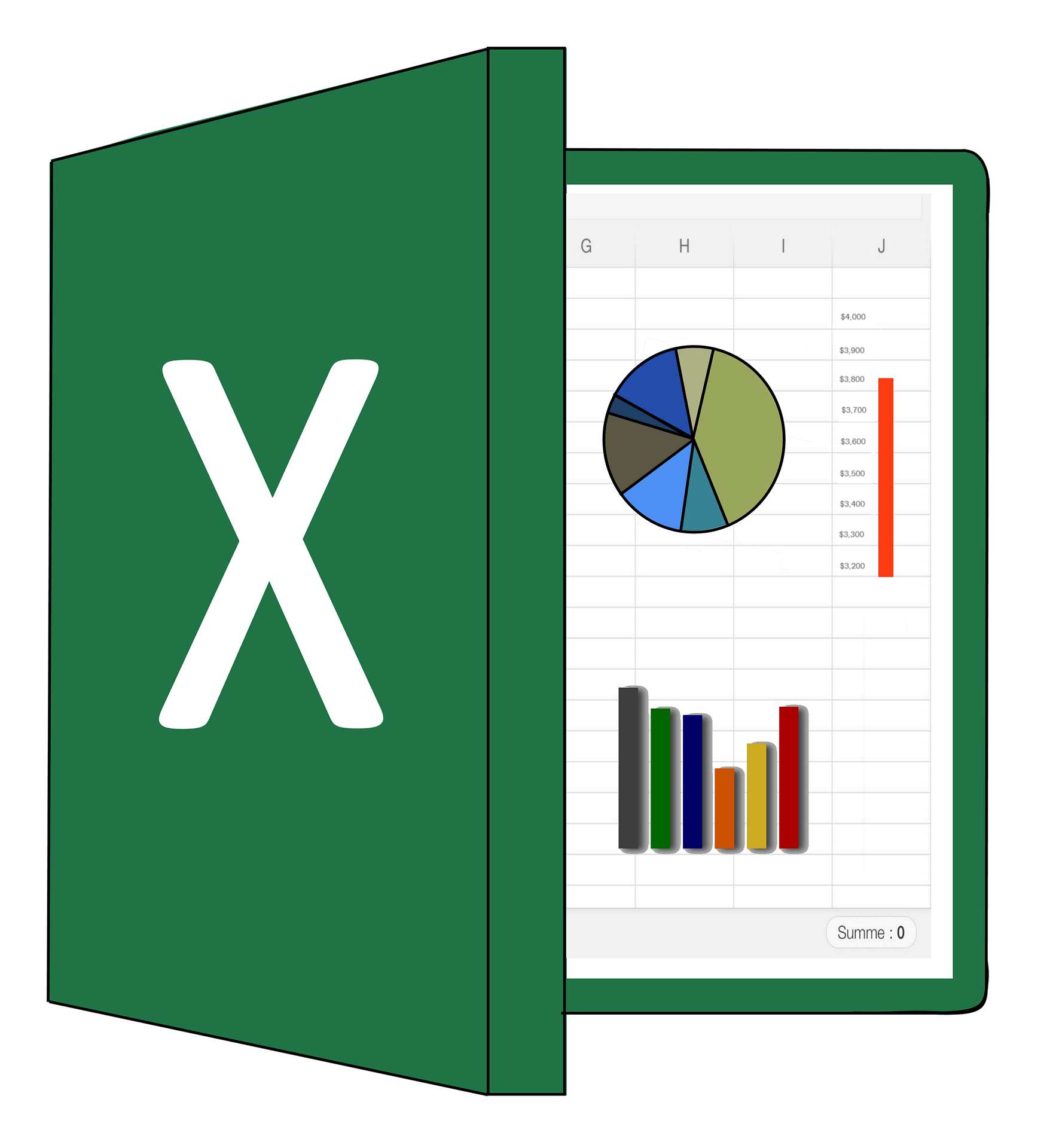

MS Excel
Table of Contents
Excel may be the best-known business tool out there, but it’s also one of the most powerful. Many tools are available right now like the IronXL and Aspose Cells, a spreadsheet programming library that allows software developers to manipulate and convert spreadsheet files from within their own applications.
This column will walk through some of the ways that Excel can help your business grow.
Dashboards are a great way to present your data in an easy-to-understand format. They’re usually visual, making them easier to digest than a table or spreadsheet. They also include other information that can help you make sense of your data, such as trendlines and graphs.
If you’d like to create a dashboard in Excel, follow these steps:
In addition to its ability to perform mathematical functions, Excel can also be used as a database. You can use Excel to keep track of customer or client information. For example, you could create a mailing list by using the data from your customer or client list and then running it through the mail merge function. For this function to work properly, however, you will need to make sure that each piece of information is in its separate cell, so that each cell has an identifying attribute (name and address). Once you have created this master file in Microsoft Excel and organized all of your data, you can then create mailing labels directly from this sheet simply by selecting “Create Labels” under the Data tab at the top left-hand side of your screen.
You can use Excel to create an interactive calendar with task lists for each day. You can build the calendar quickly by using a template and customize it to suit your needs. There are plenty of free templates available online, and many of them are customizable so you can easily add events, tasks, and more. An example of a customizable template is the one created by LucidChart:
Here’s how to use this template:
When you’re ready to get down to business and start building tables, budgets, and forms in Excel, you’ll find that the templates provided by Microsoft are a great way to save time. These pre-built documents come in many different categories—and can be found under the File tab. For example, if you want to create an invoice for your business or an employee timesheet for your home office, simply open up the template file of your choice and enter data as needed. In no time at all, you’ll have a complete worksheet full of relevant data without having to spend hours creating it yourself from scratch!
Microsoft Excel is a powerful tool for business. You can use it to analyze data and make decisions, create graphs and charts, organize your data, and track your progress toward goals.
Microsoft Excel is one of the most powerful tools available to business owners. It gives you the ability to develop dashboards and reports that can help your company make better decisions about what projects should be prioritized, how much money should be spent on new equipment, or which employees need more training.
In addition, it allows you to track employee productivity so that you know exactly who is doing their job well and who needs some extra push to keep up with their co-workers. Finally, templates save time when building tables or budgets quickly without having to start from scratch every single time!
In today's rapidly evolving digital landscape, businesses must adapt to remain competitive. Digital transformation consulting… Read More
Introduction In today’s fast-paced digital world, businesses and developers require efficient solutions to build mobile… Read More
Introduction Customer Relationship Management (CRM) software plays a crucial role in managing interactions with customers… Read More
Keeping personal information private is essential in today's digital world. Using temporary phone numbers helps… Read More
Picture yourself standing in front of the Colosseum at sunrise with dozens of other tourists… Read More
Fast backlink indexation directly impacts SEO performance, since search engines must discover links before they… Read More